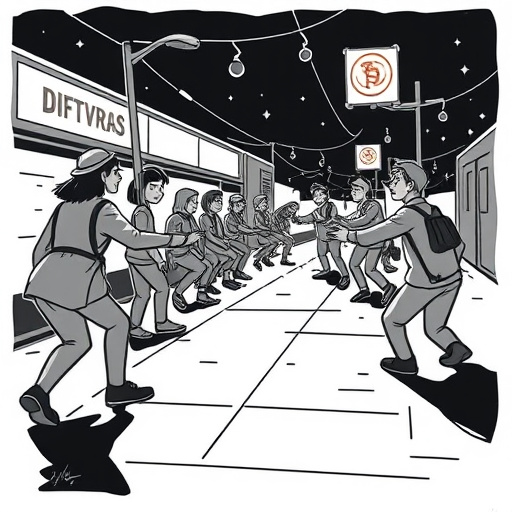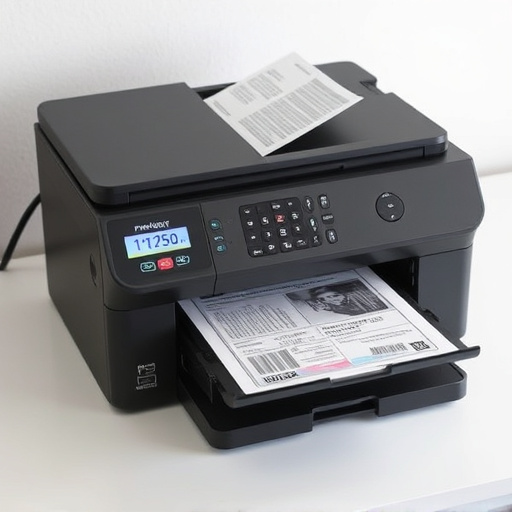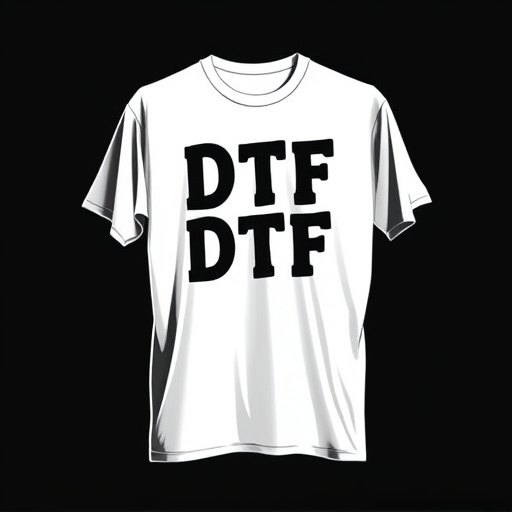DTF shirt printing equipment offers a versatile and cost-effective solution for custom apparel services. Before training staff, understand the process: feeding shirts, applying adhesive, placing vinyl designs, and using heat to fuse them onto fabric. Essential tools include the printer, blank shirts, ink colors, protective gear, cleaning supplies, and a well-lit workspace with visual aids. Training involves setting up the workspace, gathering necessary materials, understanding printer settings, following a structured procedure for printing, and allowing ink to set for long-lasting results on diverse fabrics.
Training staff on DTF shirt printing equipment is a vital step in enhancing your business’s capabilities. This comprehensive guide will walk you through the process, from understanding the basics of DTF shirt printing technology to mastering efficient printing techniques. We’ll also outline essential tools and materials needed for effective training, ensuring your team can produce high-quality prints promptly. By following these steps, you’ll empower your staff to navigate the intricacies of DTF printing with confidence.
- Understanding DTF Shirt Printing Equipment Basics
- Preparing for Training: Necessary Tools and Materials
- Step-by-Step Guide to Efficient DTF Printing Techniques
Understanding DTF Shirt Printing Equipment Basics

DTF Shirt Printing Equipment is a game-changer for businesses looking to offer custom apparel services. Before training staff on this technology, it’s crucial to grasp its fundamentals. DTF (Direct-to-Fabric) printing directly applies ink to fabric, enabling high-quality designs on various shirt styles and colors. This method combines the advantages of screen printing and heat transfers, offering speed, versatility, and cost-effectiveness.
Understanding how a dtf printer works is key. The process involves feeding a blank t-shirt into the machine, which then applies a thin layer of adhesive to specific areas of the shirt. After that, a vinyl design (a dtf transfer) is carefully positioned over the adhesive and heat is applied to fuse the design onto the fabric. Staff training should cover these steps, focusing on safety precautions when handling the printer and ink, as well as techniques for aligning and preparing designs for optimal print quality.
Preparing for Training: Necessary Tools and Materials

Preparing for staff training on DTF shirt printing equipment is a crucial step to ensure efficient and accurate results. Gather all necessary tools and materials required for the session, including the DTF printer itself, various blank t-shirts in different sizes, a variety of ink colors, and protective gear such as gloves and aprons. Additionally, have on hand cleaning supplies like alcohol wipes and lint-free cloths to maintain hygiene during the demonstration. A well-lit workspace is essential to clearly see each step, along with a projector or large screen for visual aids, especially when explaining complex techniques. By having these essentials prepared, you set the stage for an informative and productive training session on DTF printing technology and its applications in creating custom t-shirts.
The materials chosen play a significant role in achieving optimal dtf prints. Provide staff with a range of blank shirts to experiment on, considering different fabrics and styles to accommodate various customer preferences. Ensure the workspace is organized to avoid clutter, allowing easy access to all tools during the training. This meticulous preparation will not only streamline the learning process but also enable trainees to gain hands-on experience with real printing equipment, fostering confidence in their abilities to produce high-quality custom t-shirts.
Step-by-Step Guide to Efficient DTF Printing Techniques

Training staff on DTF shirt printing equipment involves a step-by-step approach to ensure efficient and effective results. Begin by preparing your workspace and gathering all necessary materials, including the best DTF printer, high-quality dtf heat transfer paper, and appropriate inks. Next, familiarize yourself with the printer’s settings and controls, adjusting them according to the design complexity and fabric type.
Follow a structured process: first, preheat the shirt to the recommended temperature, then apply the dtf printing technique by carefully placing the heat transfer paper onto the design area. Activate the printer and monitor the progress, ensuring even heat distribution. Once complete, remove the paper and allow the ink to set. This meticulous approach guarantees vibrant, long-lasting prints on a variety of fabrics.
Training staff on DTF shirt printing equipment is a vital step in harnessing the potential of this innovative technology. By understanding the basics, preparing with the right tools, and mastering efficient printing techniques, your team can create stunning, custom designs with ease. With these steps in place, your business is well-equipped to offer high-quality DTF shirt printing services, catering to a wide range of customers and boosting your overall productivity.














